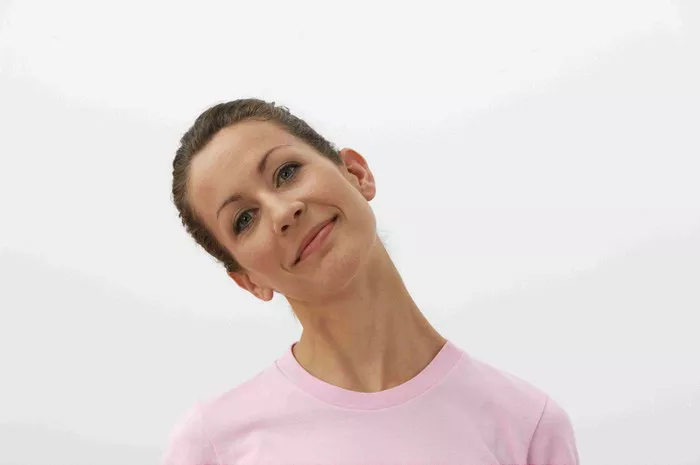In the pursuit of holistic well-being, individuals often explore various practices rooted in ancient traditions to foster physical, mental, and spiritual health. Among these practices, yoga and pranayama stand out as foundational components of a balanced lifestyle. While both are deeply intertwined within the realm of ancient Indian philosophy and offer numerous benefits, they are distinct practices with unique focuses and methodologies. Understanding the disparities between yoga and pranayama is essential for individuals seeking to incorporate these practices into their lives effectively. This article delves into the fundamental differences between yoga and pranayama, elucidating their respective purposes, techniques, and benefits.
Defining Yoga and Pranayama
Before delving into their disparities, it’s crucial to establish clear definitions of yoga and pranayama.
Yoga:
Yoga is a comprehensive system of physical, mental, and spiritual practices originating in ancient India. It encompasses various techniques, including physical postures (asanas), breath control (pranayama), meditation (dhyana), and ethical principles (yamas and niyamas). The word “yoga” is derived from the Sanskrit root “yuj,” meaning to yoke or unite, reflecting its aim to harmonize body, mind, and spirit.
Pranayama:
Pranayama, often referred to as yogic breathing, is a specific aspect of yoga focused on breath control. The term is composed of two Sanskrit words: “prana,” meaning life force or vital energy, and “ayama,” meaning extension or expansion. Pranayama techniques involve conscious manipulation of the breath to regulate the flow of prana within the body, aiming to optimize physical and mental well-being.
Distinguishing Characteristics
While both yoga and pranayama contribute to holistic health and well-being, they differ significantly in their primary focuses, techniques, and intended outcomes.
Primary Focus:
Yoga: The primary focus of yoga extends beyond breath control to encompass physical postures, meditation, and ethical principles. Yoga practices aim to cultivate overall wellness by promoting flexibility, strength, balance, mental clarity, emotional stability, and spiritual growth. Through the integration of various techniques, yoga offers a comprehensive approach to self-awareness and personal transformation.
Pranayama: Pranayama, on the other hand, specifically targets breath control and manipulation of prana. While it is an integral component of yoga, pranayama practices isolate and refine techniques for regulating the breath. The primary goal of pranayama is to harness the life force energy, harmonize its flow within the body, and facilitate deeper states of consciousness and vitality.
Techniques:
Yoga: Yoga incorporates a diverse range of techniques, including physical postures (asanas), breathing exercises (pranayama), meditation (dhyana), and ethical guidelines (yamas and niyamas). Asanas are typically performed in conjunction with conscious breathing, facilitating the integration of movement and breath to enhance awareness and presence. Yoga classes may vary in style and emphasis, ranging from dynamic vinyasa flow to gentle hatha practices, but all aim to unite breath, body, and mind.
Pranayama: Pranayama techniques specifically focus on breath control and manipulation. These practices involve various breathing patterns, such as deep inhalations (puraka), exhalations (rechaka), breath retention (kumbhaka), and rhythmic breathing (sama vritti). Pranayama exercises may be practiced in seated or reclined positions, with a specific emphasis on regulating the duration, intensity, and quality of each breath. Through consistent practice, individuals develop greater control over their breath and enhance the flow of prana throughout the body.
Intended Outcomes:
Yoga: The overarching goal of yoga is to attain a state of holistic well-being, encompassing physical health, mental clarity, emotional balance, and spiritual awareness. Regular yoga practice fosters increased flexibility, strength, and endurance in the body, while also calming the mind, reducing stress, and promoting inner peace. Ultimately, yoga seeks to align individuals with their true nature, fostering self-realization and a sense of interconnectedness with the universe.
Pranayama: Pranayama practice aims to optimize the flow of prana within the body, leading to enhanced vitality, mental focus, and emotional equilibrium. By regulating the breath, pranayama cultivates a sense of inner balance and harmony, promoting relaxation, clarity of mind, and heightened states of consciousness. Additionally, pranayama techniques serve as a gateway to deeper meditation practices, facilitating the absorption of prana into higher energy centers (chakras) and the expansion of spiritual awareness.
Benefits and Applications
While yoga and pranayama offer overlapping benefits, each practice provides unique advantages and applications in promoting health and well-being.
Yoga Benefits:
1. Physical Health: Yoga enhances flexibility, strength, and cardiovascular health, reducing the risk of chronic diseases and improving overall fitness.
2. Stress Reduction: The integration of breath and movement in yoga promotes relaxation, reduces cortisol levels, and alleviates symptoms of anxiety and depression.
3. Mind-Body Connection: Yoga cultivates awareness of body sensations, thoughts, and emotions, fostering greater self-understanding and self-compassion.
4. Spiritual Growth: Through meditation and ethical principles, yoga facilitates spiritual exploration, fostering a sense of connection with the divine and the universe.
Pranayama Benefits:
1. Improved Respiratory Function: Pranayama practices enhance lung capacity, oxygenation, and respiratory efficiency, benefiting individuals with asthma, COPD, and other respiratory conditions.
2. Stress Management: Conscious breathing techniques reduce sympathetic nervous system activity, promoting relaxation, mental clarity, and emotional resilience.
3. Enhanced Mental Focus: Pranayama cultivates concentration and mindfulness, sharpening cognitive function and increasing productivity.
4. Energy Balancing: By harmonizing the flow of prana, pranayama restores vitality, balances the subtle energy channels (nadis), and promotes overall well-being.
Applications:
Yoga Applications: Yoga is widely applied in various settings, including fitness centers, yoga studios, schools, workplaces, and healthcare facilities. It is utilized for physical rehabilitation, stress management, personal development, and spiritual growth.
Pranayama Applications: Pranayama techniques are integrated into yoga classes, meditation practices, and holistic therapies. They are also employed in clinical settings to support respiratory rehabilitation, pain management, and stress reduction interventions.
Conclusion
While yoga and pranayama share common roots in ancient Indian philosophy and contribute to holistic well-being, they are distinct practices with unique emphases and methodologies. Yoga encompasses a comprehensive system of physical, mental, and spiritual practices, including breath control as one of its components. Pranayama, on the other hand, specifically focuses on breath regulation and manipulation to optimize the flow of prana within the body. By understanding the differences between yoga and pranayama, individuals can tailor their practice to meet their specific needs and goals, ultimately fostering greater health, harmony, and self-awareness.




















